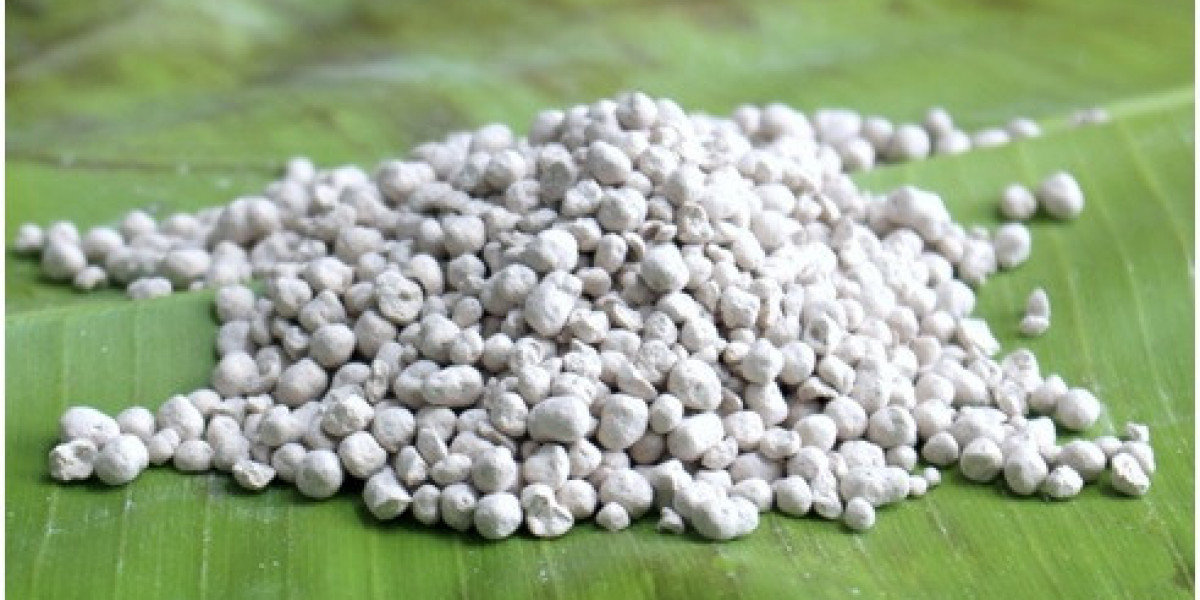In the face of growing global food demands and increasing environmental challenges, farmers are continuously seeking ways to enhance crop productivity and profitability. Among the various innovations in modern agriculture, silicon fertilizers are emerging as a promising tool for improving plant health and yields, thereby positively influencing farm profitability. Though not traditionally considered an essential nutrient silicon fertilizers have been shown to offer multiple agronomic benefits that translate into economic gains for farmers.
Understanding Silicon Fertilizers
Silicon (Si) is the second most abundant element in the Earth’s crust and plays a beneficial role in plant growth and development, especially under stress conditions. Silicon fertilizers provide crops with available forms of silicon, such as calcium silicate or potassium silicate, that can be readily absorbed by plant roots. Once inside the plant, silicon strengthens cell walls, improves nutrient uptake, and enhances resistance to biotic and abiotic stresses.
Although not officially recognized as an essential nutrient by all countries, its effectiveness in supporting plant health—especially in cereals like rice, wheat, and sugarcane—has led to increased interest and adoption in several parts of the world.
Agronomic Benefits and Economic Translation
Silicon contributes to crop performance in several ways:
1. Enhanced Stress Resistance
One of silicon’s key benefits is its role in mitigating environmental stress. Silicon-treated plants show improved resistance to drought, salinity, heavy metal toxicity, and temperature extremes. Additionally, it provides a physical barrier against pests and pathogens by accumulating in leaf tissues. Reduced damage from pests and diseases lowers the need for expensive pesticides and fungicides, resulting in direct savings for farmers.
2. Increased Yields
Field trials and academic studies have consistently shown yield improvements of 5–20% in crops treated with silicon fertilizers. For example, in rice cultivation, silicon application can reduce lodging (the bending over of stems), increase grain filling, and improve plant vigor. These improvements translate into higher marketable outputs and better-quality produce, which directly boosts revenue.
3. Improved Nutrient Efficiency
Silicon also enhances the uptake and utilization of other essential nutrients such as nitrogen, phosphorus, and potassium. This synergistic effect can reduce the need for traditional fertilizers, optimizing input costs while maintaining or even increasing yields.
4. Long-Term Soil Health
Silicon fertilizers, particularly those derived from industrial by-products like slag, can also improve soil structure and pH balance. This long-term benefit supports sustainable farming practices and reduces dependency on chemical soil amendments over time.
Cost-Benefit Analysis
The economic impact of silicon fertilizers must be evaluated by considering both the additional input costs and the financial returns in the form of higher yields, lower crop protection costs, and improved product quality.
Input Costs
Silicon fertilizers can range from low-cost slag-based materials to more refined liquid solutions. The cost per hectare varies depending on the crop, application method, and local availability. On average, the cost of silicon fertilizer ranges from $25 to $100 per hectare annually.
Return on Investment
Farmers who apply silicon fertilizers to high-value crops or those particularly sensitive to stress (like rice, sugarcane, and fruits) often report a significant return on investment (ROI). Yield improvements of just 10% in high-value crops can lead to returns several times the cost of silicon inputs. Furthermore, when pest damage and disease losses are reduced, the savings on pesticides and fungicides can be substantial.
For instance, in a case study from India, rice farmers who applied calcium silicate reported a 15% increase in yield and a 20% reduction in pesticide usage. The net profit increased by nearly $150 per hectare—demonstrating a compelling economic case for its adoption.
Market Adoption and Challenges
Despite the promising benefits, the adoption of silicon fertilizers is not yet widespread. Several factors contribute to this:
Lack of Awareness: Many farmers are unaware of the benefits of silicon, partly because it is not classified as an essential nutrient.
Limited Availability: In some regions, silicon fertilizers are not readily available or are priced too high for smallholder farmers.
Need for Research and Extension Services: More localized research and extension outreach are required to demonstrate the practical benefits of silicon fertilizers under different climatic and soil conditions.
Policy and Future Outlook
Governments and agricultural extension agencies can play a crucial role in promoting the use of silicon fertilizers. By subsidizing silicon inputs, including them in integrated nutrient management programs, and supporting research, policymakers can facilitate broader adoption.
Private sector players also have an opportunity to expand the market by developing cost-effective, easy-to-apply silicon fertilizer products tailored for different crops and geographies.
As agriculture shifts toward sustainable intensification—producing more food on the same land with fewer resources—silicon fertilizers are well-positioned to become a key component of future farming systems.
Conclusion
The use of silicon fertilizers offers a promising pathway to improving farm profitability through higher yields, reduced stress-related losses, and optimized input use. While the initial investment in silicon may be a consideration for some farmers, the economic return—particularly in stress-prone regions and with high-value crops—is compelling. With increased awareness, supportive policies, and improved access, silicon fertilization can significantly contribute to both economic sustainability and agricultural resilience.









